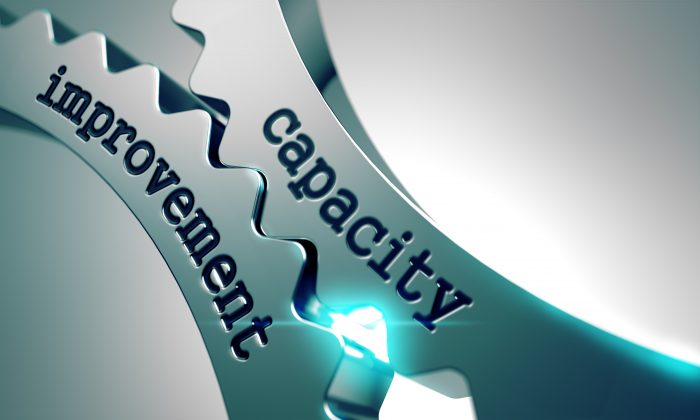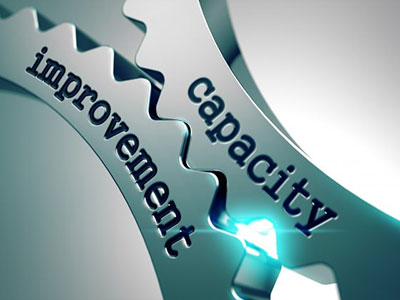
Businesses with growth ambitions have to gauge the current capacity of every facet of their facility to plan future productivity.
Capacity is a critical element for any business – and especially those interested in growth! A good place to start is to understand your capacity, which can mean different things to different people. The traditional definition relates to the total output you can expect from a machine, group of machines or facility. I view capacity as all of the following:
- Machine – if your machines were running 24/7, what is the output you would expect?
- Machine staffing – given your staffing levels, what is the output of your machines?
- People – what resources and skills do you have available?
- Building – what is your available space for manufacturing, warehousing, etc.?
- Warehouse – what is your available storage capacity for your products?
- Tools/fixtures – what is the available capacity of your tools and fixtures?
- Shipping & receiving – what is your available capacity in terms of shipping and receiving?
- Transportation – what is the available capacity of your trucks/transportation partners?
- Supplier – what is your supplier’s available capacity?
The most important first step is to understand your current capacity. The vast majority of companies I consult with do not have a comprehensive view of this. Thus, this step alone can go a long way. Once you know your current capability, you can compare with required capacity and take actions to address.
Capacity is one of the key steps in a SIOP process (sales, inventory & operations planning). I’ve helped my clients achieve dramatic improvements in service levels, reductions in inventory levels (which frees up cash flow) and improved margins stemming from getting a better handle on capacity.



